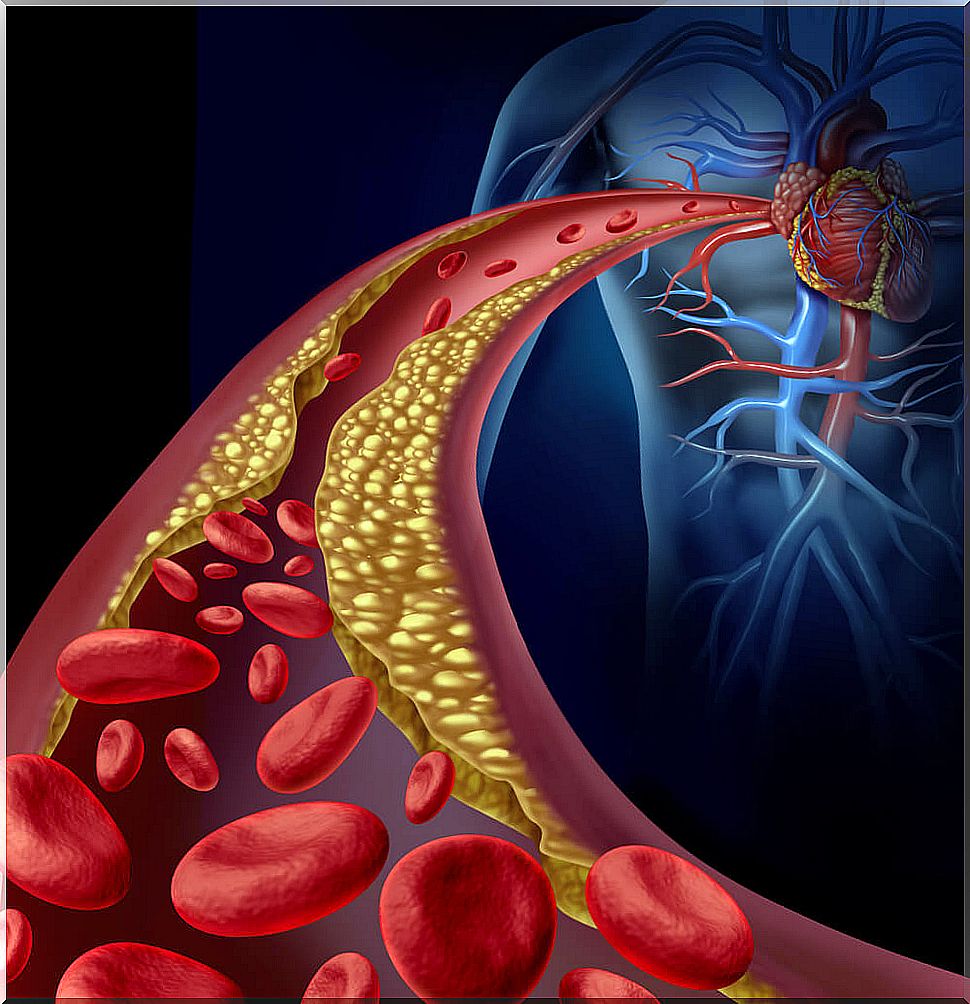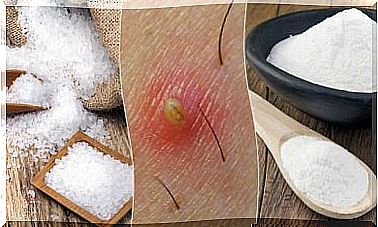High Homocysteine: Causes, Symptoms And Treatment
At the end of the 20th century, it was revealed that having high homocysteine in the blood was related to different pathologies, such as atherosclerosis or Alzheimer’s. However, information about this topic has long been controversial.
Homocysteine is an amino acid that is synthesized in the body. It comes from another called methionine . We obtain methionine through food, generally of animal origin. The elevation of the compound can have different causes. The most common is that it appears due to deficiencies of certain vitamins.
What is homocysteine?
Homocysteine is an amino acid. Amino acids are molecules that make up proteins. It is synthesized from methionine, which is another amino acid that we usually obtain from the diet.
Homocysteine is a substance that attacks blood vessels. That is why its elevation causes the lining of the arteries to be altered. When this happens, the blood tends to clot more easily in these vessels. This process can lead to the formation of thrombi.
Hence, over the years, having high homocysteine has been related to different pathologies. For example, with atherosclerosis. This is a disease that consists of the formation of cholesterol and fat plaques on the walls of the arteries.
Atherosclerosis is considered the main cause of heart attacks, as it can alter the flow of the coronary arteries. But, in reality, it affects any blood vessel in the body. Hence, it is also a cause of cerebrovascular accidents or peripheral ischemia.

How does having high homocysteine affect?
Before explaining how having high homocysteine affects it, it is important to know what values are considered out of normality. This parameter varies according to gender. In the case of women, it is considered high if it exceeds 10.4 micromoles per liter. In men if it exceeds 11.4. To know the concentration of this amino acid, it is usually enough to perform a blood test.
As we have pointed out in the previous section, this situation can cause arterial damage and the formation of thrombi. These clots, if lodged in the pulmonary microcirculation, can lead to a pulmonary embolism. Similarly, they lead to heart attacks or strokes.
However, these are not the only repercussions of having high homocysteine. An article by Western New York Urology Associates explains that this amino acid has been associated with other diseases, such as Alzheimer’s. Similarly, it can lead to complications during pregnancy.
Is it considered a cardiovascular risk factor?
A study published in the Journal of Integrative Medicine explains why having high homocysteine is considered a cardiovascular risk factor. As we have seen, it is a situation that predisposes to atherosclerosis and thrombosis.
This fact helps to understand why many patients with ischemic diseases do not have typical cardiovascular risk factors. For example, there are people who suffer attacks of peripheral ischemia despite not smoking, not being obese, or keeping blood pressure under control.
High homocysteine could explain a percentage of these cases. Similarly, patients have been described in whom, despite having cholesterol within normal limits, atherosclerosis reoccurs. Knowing this, you can consider the risk and act accordingly to reduce complications.
Possible causes
A study published in the Annals of Internal Medicine explains why you can have high homocysteine. For this amino acid to be metabolized, an adequate amount of certain vitamins is needed.
Those that most participate in its degradation are vitamins B6, B12 and folic acid. Therefore, the main origin of the elevation is the deficiency of some of these vitamins. It can happen through diet. For example, strict vegans do not have enough B12 intake. Similarly, in chronic alcoholics it is common to find folic acid deficiency.
In addition, certain diseases influence the concentration of homocysteine. Kidney failure, hypothyroidism, and diabetes are paradigmatic cases. It is also more common in people with inflammatory bowel disease.
Symptoms of high homocysteine
High homocysteine itself usually does not cause symptoms. When there are, they are due to the underlying vitamin deficiency. In the event of a vitamin B12 deficiency, the signs can become very severe. Among them, it is worth mentioning megalobastic anemia. It is a type of anemia that is accompanied by fatigue, weakness, mouth ulcers, neurological disorders, and mood swings.
If there is a deficit of folic acid the symptoms are similar. However, they are usually milder than in the previous case. In addition, in this case there are no neurological alterations, although there may be growth problems. In general, what occurs is increased muscle weakness, paleness and fatigue.
How can homocysteine be lowered?
There is no established treatment for high homocysteine. Ideally, try to reduce its concentration by improving the levels of the vitamins mentioned. Vitamin B6 is obtained mainly from legumes, nuts and potatoes.
Vitamin B12 is usually obtained from animal products, such as meat, seafood, and fish. Folic acid, on the other hand, is in vegetables and fruits, such as lettuce or orange.
Therefore, to reduce homocysteine levels it is essential to have a varied and balanced diet. It is also important to reduce your alcohol consumption. However, in some cases the deficiency does not come from the diet, but from a problem in the use of these vitamins.
Hence, each case must be studied in a concrete way. There are people who require a treatment that provides all these vitamins, either through supplements or even by administering them intravenously.

High homocysteine is dangerous
Homocysteine is an amino acid that is synthesized in the body. Its levels can increase due to the deficiency of certain vitamins, such as B12 or folic acid. This problem derives, in many cases, from an inadequate diet.
Today it is known that having high homocysteine is a risk factor for different diseases. For example, it has been associated with increased cardiovascular compromise. For this reason, it is essential to keep the concentrations of this substance within a suitable limit.









